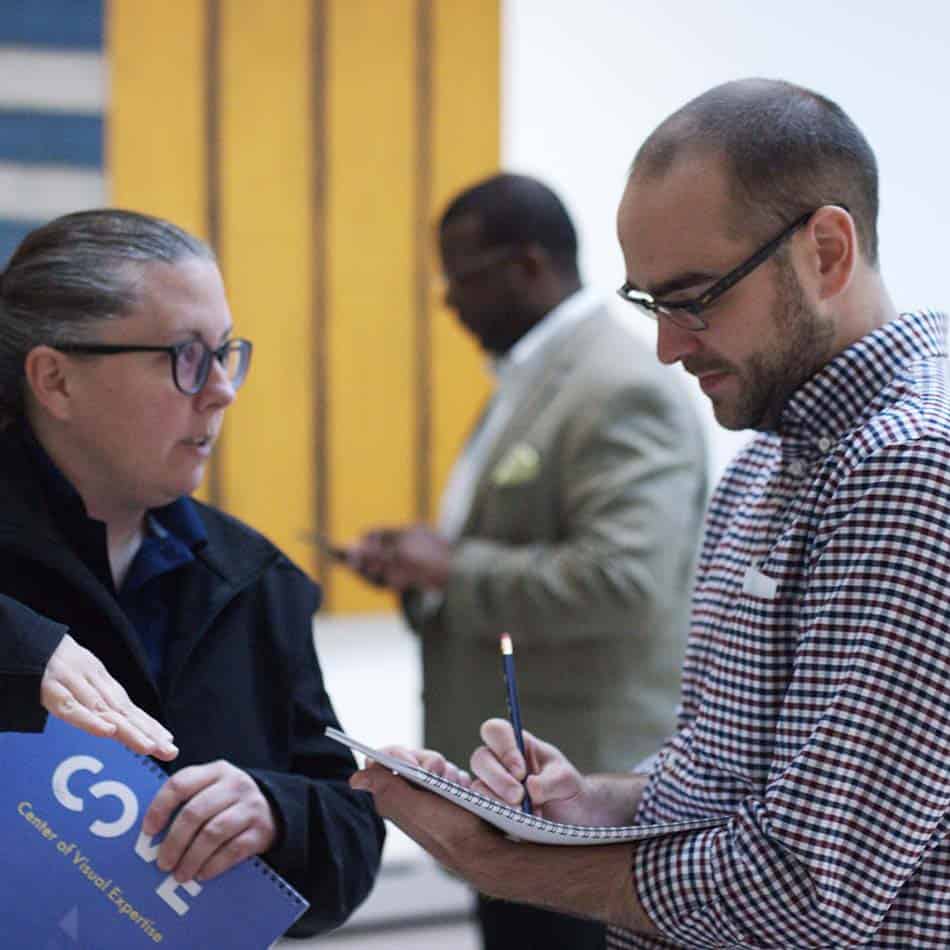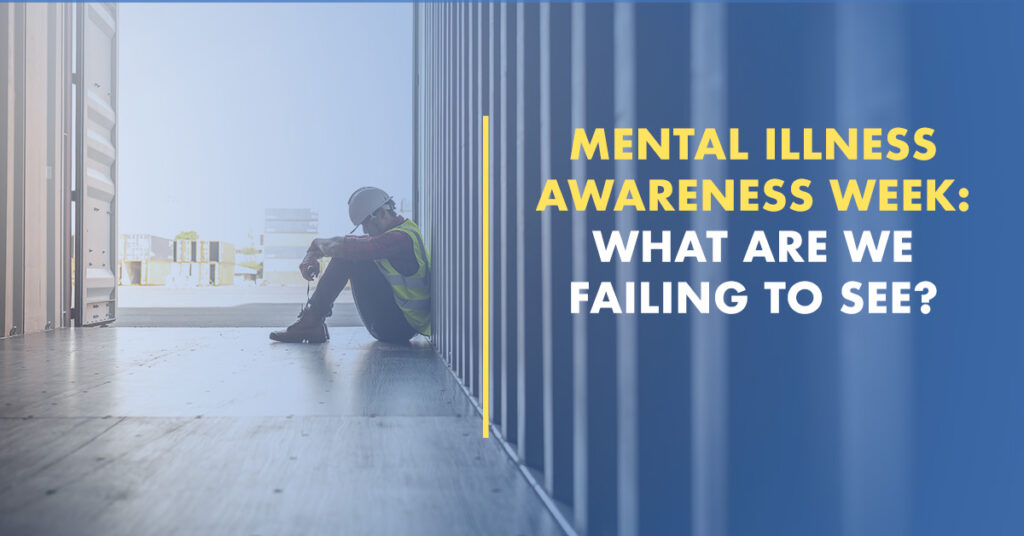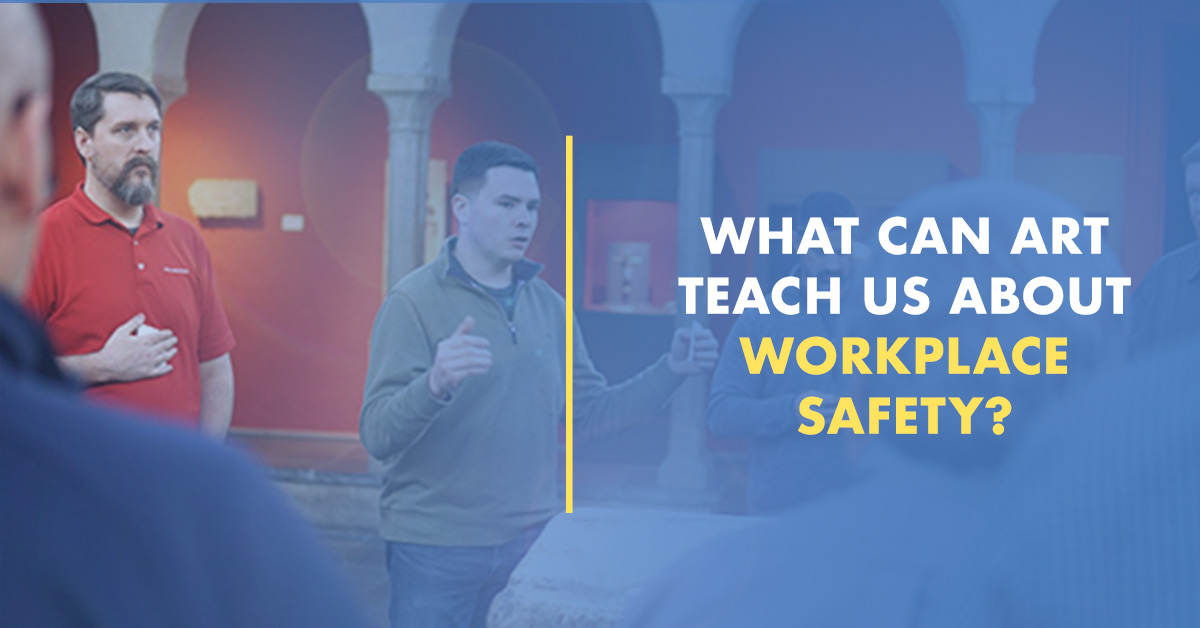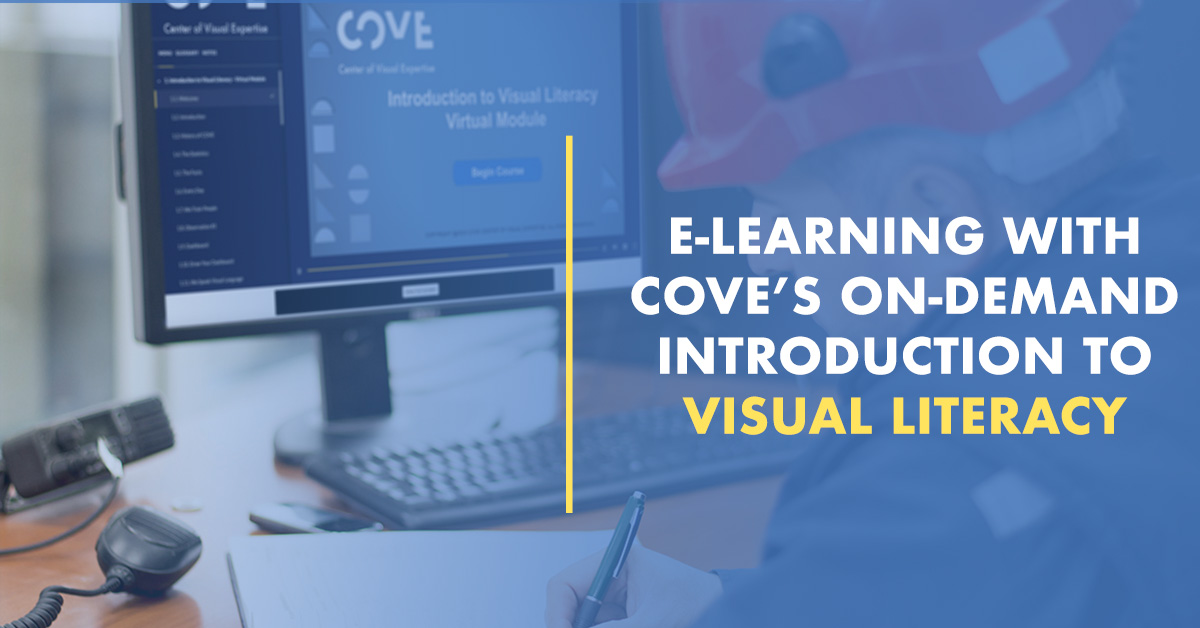How Visual Literacy Can Help Us Recognize the Unseen Struggles of the Workforce
The Invisible Hazard
In physically demanding environments, we’re trained to look for what can injure us—machinery, slips, trips, falls. But we’re less equipped to identify what’s going on beneath the surface: burnout, anxiety, depression, isolation. These unseen conditions can lead to lapses in judgment, reduced focus, or even tragic outcomes.
In fact, according to the CDC, the construction industry has one of the highest suicide rates of any sector in the U.S.—a sobering reminder that mental illness is a serious, life-threatening hazard when left unaddressed.
Seeing More Than What’s Visible
At COVE, we teach teams how to see differently through Visual Literacy—a skillset rooted in observation, interpretation, and awareness. While originally applied to physical hazard recognition, Visual Literacy can also help us become more attuned to behavioral cues, environmental stressors, and emotional changes in our peers.
When workers are trained to observe more thoughtfully and critically, they’re more likely to notice when something feels off—a teammate who’s unusually quiet, distracted, withdrawn, or irritable. These aren’t just personality shifts—they might be warning signs of deeper struggles. How Visual Literacy Helps Leaders Support Mental Wellness
Supervisors, foremen, and safety leaders play a critical role in shaping not just operational outcomes, but emotional well-being. And in fast-paced environments, it’s easy to overlook the subtle signs that someone is struggling.
Visual Literacy offers leaders a toolkit to:
- See beyond compliance: Leaders learn to observe not just behavior, but context—changes in demeanor, energy, and social engagement that may signal deeper issues.
- Strengthen communication: By using the Describe–Analyze–Interpret framework, leaders approach sensitive conversations with clarity and empathy.
- Foster psychological safety: Leaders trained in Visual Literacy create space for employees to express concerns, offer peer support, and seek help without fear of judgment.
- Model awareness: When leaders practice Seeing the whole PICTURE™, they set a tone of attentiveness, compassion, and proactive care that filters throughout the organization.
In short, Visual Literacy helps leaders lead with their eyes open—literally and figuratively.
Building a Culture in Seeing the Whole Picture™️
Mental health support isn’t just an HR initiative—it’s a safety imperative. And just like physical hazards, it starts with learning how to see what we’ve been conditioned to overlook.
This Mental Illness Awareness Week, we encourage leaders, safety professionals, and frontline workers to consider how Visual Literacy can support not only safer tasks, but stronger teams.
Because when we start Seeing the whole PICTURE™, we don’t just prevent injuries—we support people.

Ready to Start Seeing Safety Differently?
Visual Literacy isn’t just a training—it’s a mindset shift. Our programs help organizations strengthen hazard recognition, improve team communication, and create cultures that see people, not just processes.




